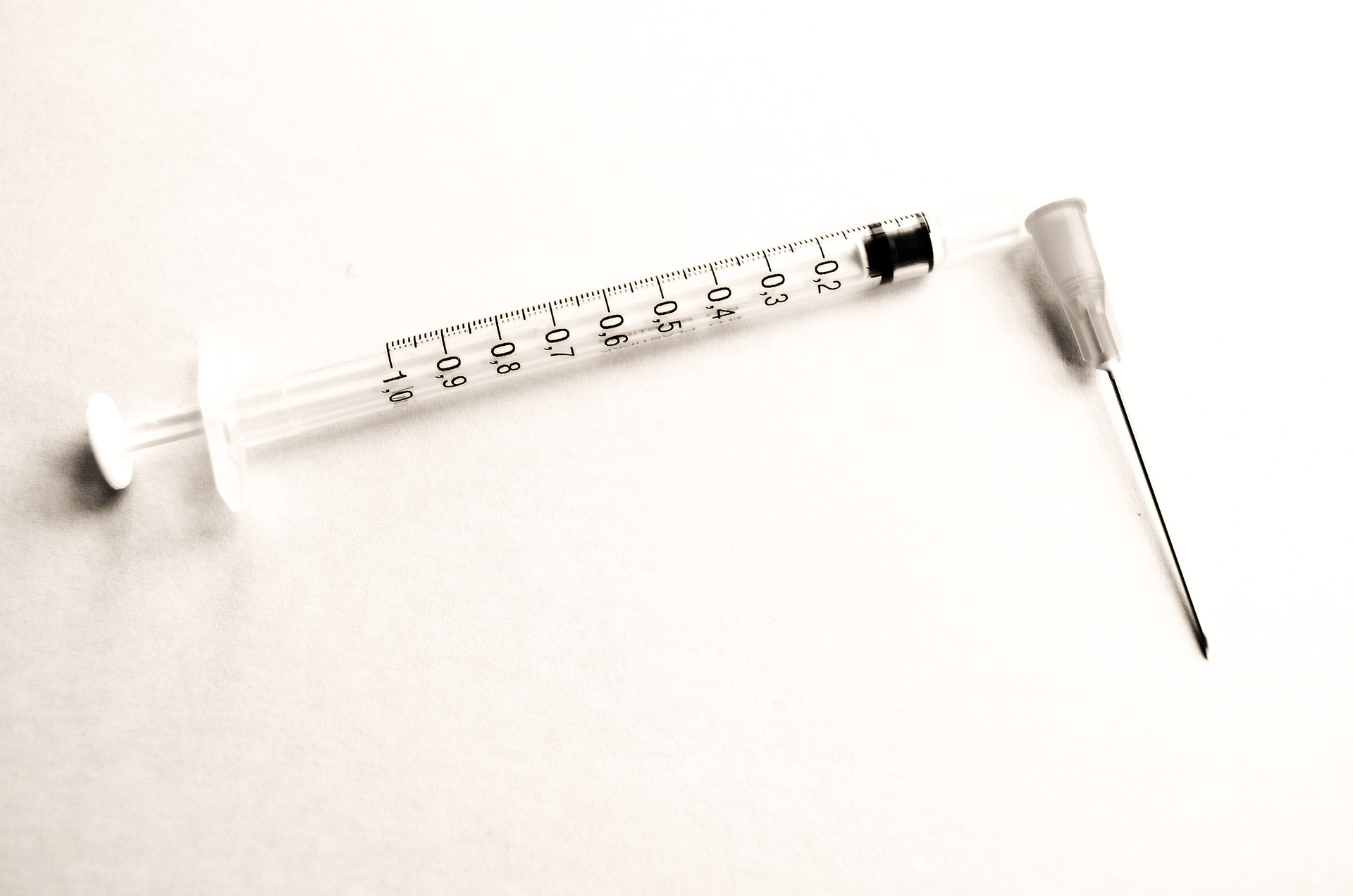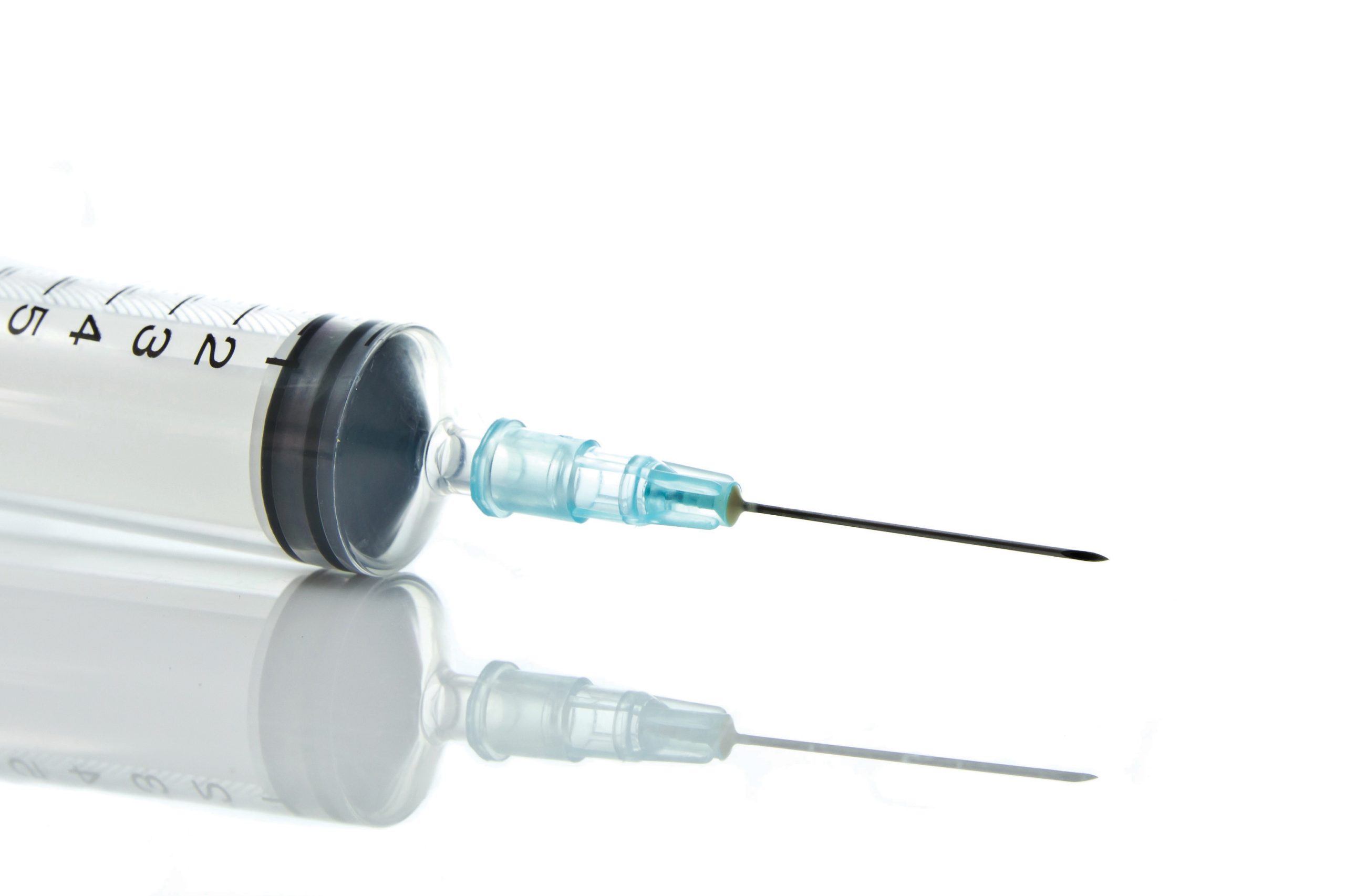The Best Practices for Sterilizing and Disposing of Hypodermic Needles
When it comes to medical procedures involving needles, proper sterilization and disposal are essential to ensure the safety of both patients and healthcare providers. Face Med Store’s 34G needles are best for superficial epidermal punctures, but any needle must be handled with care to prevent cross-contamination or infection. Here are some best practices for sterilizing and disposing of hypodermic needles.
Cleaning and Sterilizing Hypodermic Needles
One of the most important steps in preparing a needle for use is cleaning it to remove any dirt, debris, or residue that could lead to contamination or infection. Clean the needle thoroughly with soap and water before sterilizing it using an autoclave. An autoclave uses steam under pressure to kill germs on medical equipment like needles. It’s also important to note that you should never reuse a needle without first sterilizing it; this can put both patients and practitioners at risk of infections caused by contaminated needles.

Inspecting Hypodermic Needles
Before inserting a hypodermic needle into a patient’s body, inspect it carefully for signs of wear or damage such as cracks or burrs. If the needle shows any sign of wear or damage, do not use it; discard it immediately and replace it with another sterile one instead. To minimize the risks associated with using hypodermic needles, make sure you inspect each one before every use.
Safe Storage of Hypodermic Needles
It’s important to store your hypodermic needles properly when they aren’t in use so they don’t become contaminated by bacteria or other particles that could cause infection if they come into contact with someone’s skin during administration. Keep all unused needles in their original packaging until ready for use; after cleaning them thoroughly before autoclaving, store them in sealed bags labeled “sterile” until needed again. This helps reduce the risk of contamination while keeping them separate from non-sterile items like bandages or gloves which could be used on other patients between uses on different individuals.
Proper Disposal Of Used Needles After Use
Once you have finished administering a hypodermic injection or drawing blood from a patient via a syringe fitted with a needle, dispose of the used device safely by local regulations and laws governing biohazardous materials disposal based on where you practice medicine. All used needles should be placed inside specialized sharps containers designed specifically for safe disposal; these containers typically feature closable lids which should be secured tightly after each deposit made inside them since exposure to air increases the chances of contamination spreading beyond just within their walls due to aerosolization processes taking place whenever they open up suddenly without warning before being closed off definitively once more afterward shortly after that right away soon enough afterward next too afterward.

Additionally, take care not to let anyone else handle these containers besides yourself – even if wearing protective gloves – since direct contact carries its own set of risks related primarily but not exclusively limited strictly only just merely simply solely towards potential transmission pertaining to pathogenic microorganisms causing potentially severe diseases amongst humans exposed directly to it thereby sometimes resulting ultimately within serious health threats endangering life itself accordingly henceforth forthwith therefore thusly hence thereupon wherefore thereto thenceforth then again whithersoever perchance insofar notwithstanding likewise at this moment heretofore evermore regularly often frequently annually periodically repeatedly perpetually evermore continually yearly daily weekly fortnightly monthly bimonthly quarterly semiannually biennially triennially triannually quadrennially quinquennially decennially centennially millennial eternally.
Conclusion
At Face Med Store, we prioritize the importance of proper sterilization and disposal methods for medical equipment, such as hypodermic needles. That’s why our 34G acupuncture needles are specifically designed for superficial epidermal punctures. Follow these guidelines closely whenever dealing with any medical device that requires special treatment, whether it’s storing them away safely during periods of non-utilization or using them actively at present. By adhering to these best practices, you can ensure that your hypodermic needles remain as sterile as possible throughout their entire lifetime.
